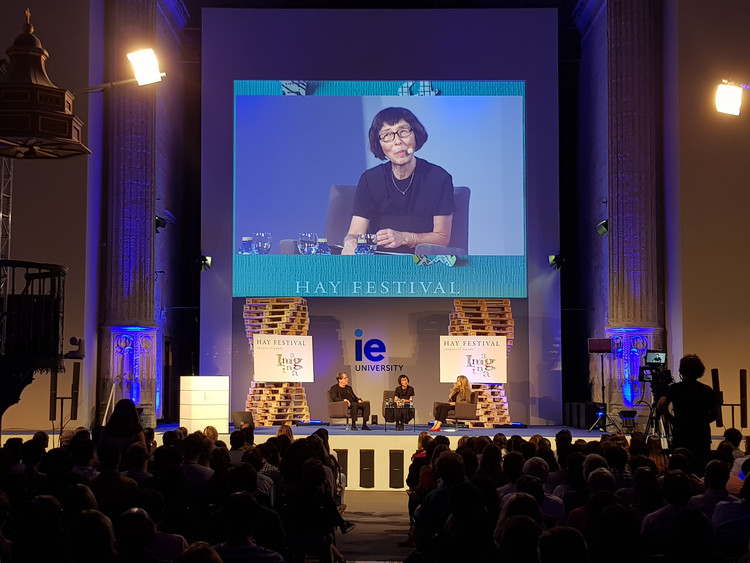
Kazuyo Sejima, co-founder of the architecture firm SANAA, shared details of their upcoming project the New National Gallery – Ludwig Museum in Budapest at the Hay Festival Segovia in Spain. The 2010 Pritzker Prize winner linked the underlying premise of this project to three iconic museums: the 21st Century Museum of Contemporary Art in Kanazawa (2004), the New Art Museum in New York (2007), and the Louvre Lens in France (2012).
In this conversation, Laszló Baán, General Director of the National Gallery, Budapest and Ministerial Commissioner of the Liget Budapest Project, explained the details of the 100-hectare (247-acre) masterplan at the heart of Hungary's capital city. The Liget Budapest Project will feature ten museums, including Sou Fujimoto's House of Hungarian Music, the expansion of the Budapest Zoo, and SANAA's New National Gallery for Budapest — a museum that will host 19th, 20th century, and contemporary artworks.



